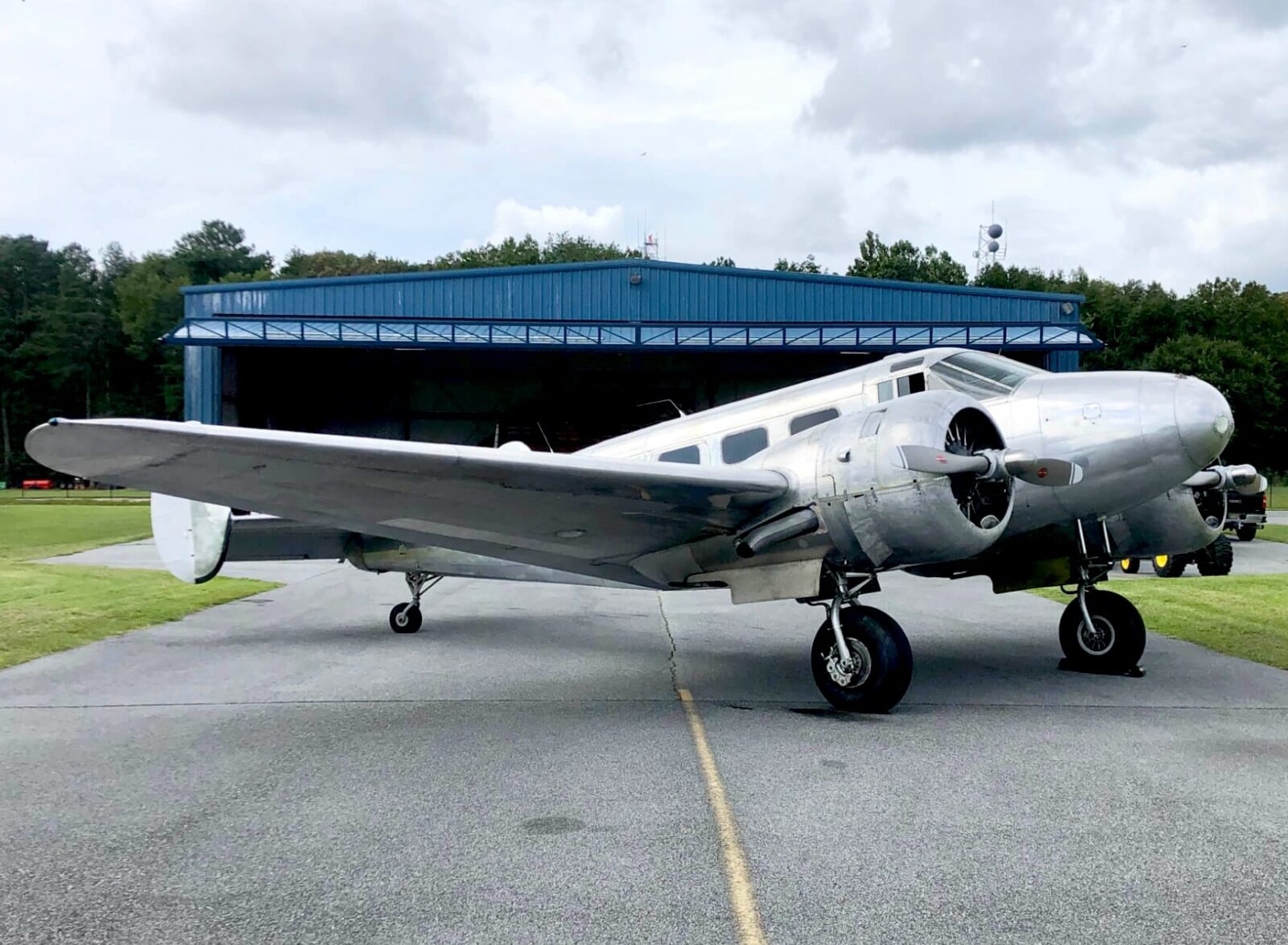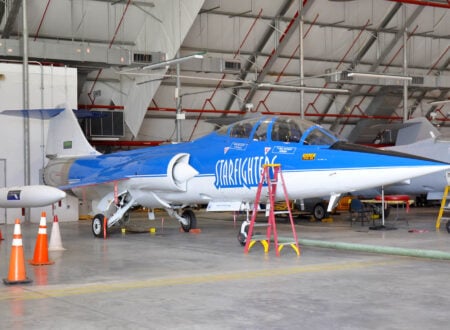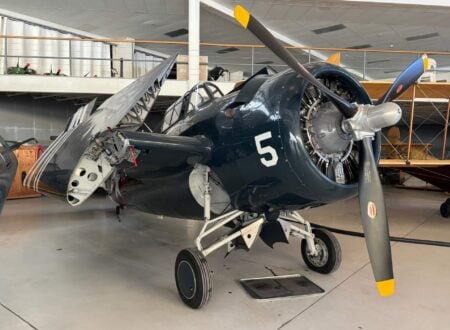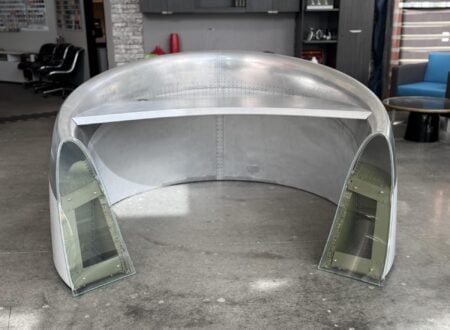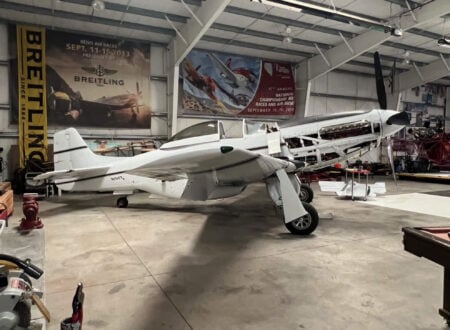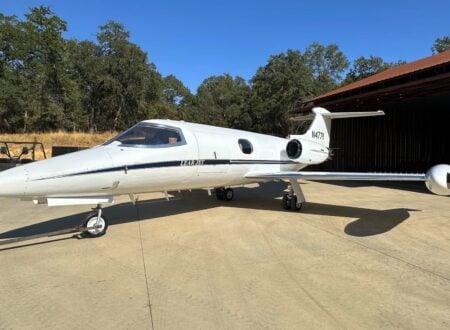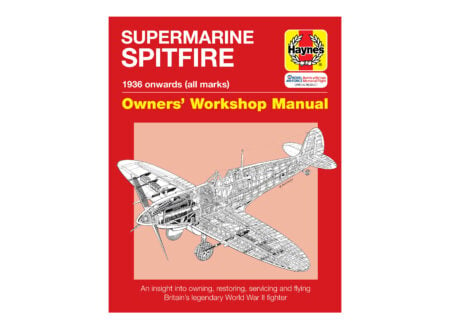This is a Beech C-45H that was first built during WWII, then remanufactured in the early 1950s for continued military use. It’s estimated that 90% of USAAF bombardiers and navigators trained in this aircraft type, and over 9,000 of them were built in total.
The example you see here is in full airworthy and flying condition with an asking price of $169,000 USD – a mere pittance in the world of WW2-era warbird aviation where budgets often extend well into the millions.
Fast Facts – The Beech C-45 “Expeditor”
- The Beech C-45H Expeditor, originally a WWII-era Beechcraft Model 18 military variant, was remanufactured in the 1950s for continued military use. Over 9,000 units of the Model 18 were built, with 90% of USAAF bombardiers and navigators training on them during the Second World War.
- Developed from the Beechcraft Model 18, the aircraft featured twin engines, semi-monocoque construction, and configurations for roles like navigation training, reconnaissance, and transport.
- Remanufactured C-45H units included new fuselages, wing sections, and undercarriages, extending their service life well into the 1960s, including use by Air America during the Vietnam War.
- The featured Beech C-45H Expeditor, powered by twin Pratt & Whitney R-985 engines, is airworthy with 8,900 airframe hours and a price of $169,000 USD, making it a standout among WWII-era aircraft still in operation.
It All Began With The Beechcraft Model 18
The aircraft that would become the Beech C-45 Expeditor started life back in the 1930s as the Beechcraft Model 18 – a twin engined aircraft with conventional landing gear, a twin-tailfin configuration, and a passenger capacity of 6 to 11 depending on layout. It would become one of the most mass-produced aircraft of all time, and it would be used for everything from drug-smuggling and skydiving to cloud seeding and as a WW2 bomber aircraft in China.
Above Video: This is cockpit footage of Matt Younkin flying his Beechcraft Model 18 in an aerobatic display at the EAA AirVenture Oshkosh in 2014. It shows just how versatile this aircraft is.
The Beechcraft Model 18 features all-metal, semi-monocoque construction, it originally had fabric-covered control surfaces, and it has a low-wing with a spacious, almost box-section, fuselage. It was developed as a small, feeder airliner and as a business aircraft – the market for which was growing considerably at the time.
The Military Versions Enter Production
By the end of the 1930s it became clear that the Model 18 could potentially have military applications, and China soon ordered six of the aircraft in light bomber configuration.
By the time the United States joined WW2 in 1941 the need for aircraft was a key matter of national security, and the Beech Aircraft Corporation quickly developed a whole series of military versions including the Army AT-7, AT-11 navigation trainer, C-45 military transport, and F-2 (photographic reconnaissance), all for the United States Army Air Forces (USAAF).
Later, versions would also be developed for the United States Navy, including the JRB-1 and the JRB-2 transport, the JRB-3, JRB-4, SNB-1 Kansan, SNB-2, SNB-2C, and others. Though small compared to the big bombers, the Model 18 quickly became one of the most important American twin engined aircraft of the war.
This importance was largely due to the fact that (as noted above) 90% of USAAF bombardiers and navigators trained in them before moving on to the larger aircraft like the Boeing B-17 Flying Fortress, Boeing B-29 Superfortress, North American B-25 Mitchell, Martin B-26 Marauder, Consolidated B-24 Liberator, and others.
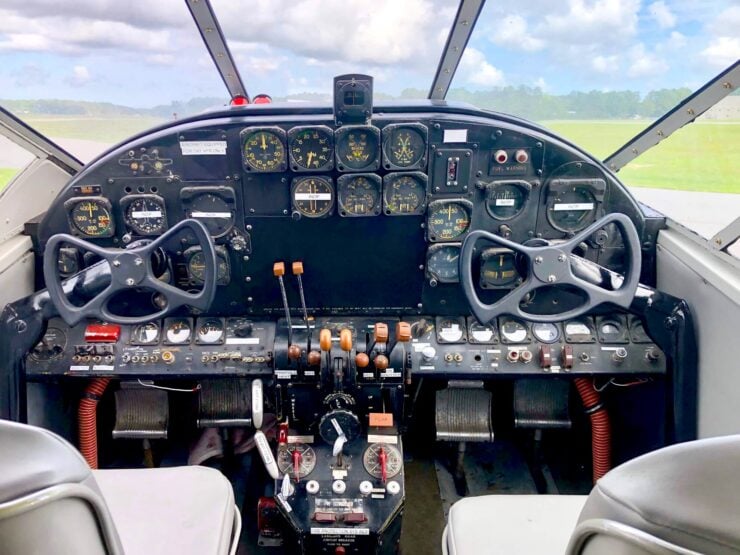

After WW2 many hundreds of Model 18 variants remained in military service, largely the AT-11 Kansans, C-45 Expeditors, F-2 Expeditors, and UC-45 Expeditors.
A four year project was undertaken in 1951 to remanufacture 900 examples of the aircraft with new fuselages, new wing center sections, and new undercarriages to implement all of the improvements to the civilian versions of the aircraft that had been developed since the end of World War 2.
These remanufactured aircraft were given new designations, constructor’s numbers, and serial numbers. The United States Navy later did the same with many of their surviving Model 18 variants. The aircraft remained in use well into the 1960s and were used extensively by Air America during the Vietnam War.
The Beechcraft Model 18 and its various military variants would remain in production from 1937 to 1969, a remarkable 32 year run that was a world record at the time. Over 9,000 were made, and many remain airworthy today – perhaps a testament to the design and engineering that went into them all those years ago.
The Beech C-45H Expeditor Shown Here
The aircraft you see here is a Beech C-45H Expeditor, this means it’s one of those 900 that were remanufactured in the 1950s to bring them up to date, and as such its now sporting an updated serial number and it’s listed as a 1952 model.
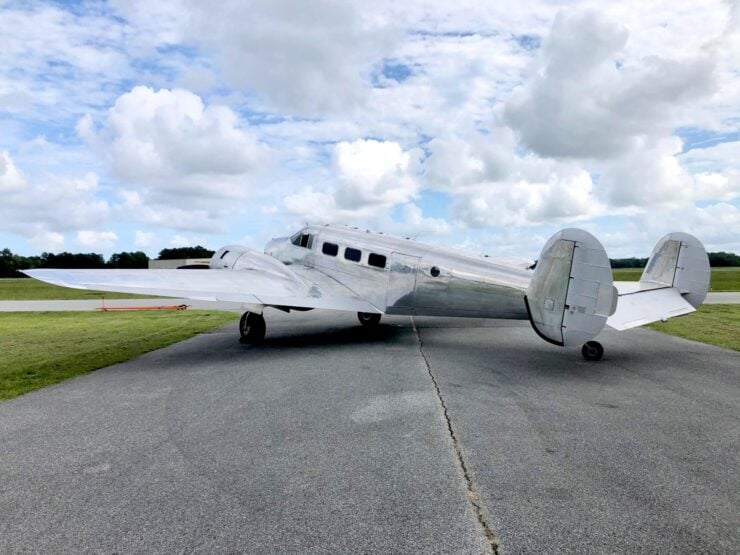

This aircraft is powered by twin Pratt & Whitney R-985 radial engines, one of the most common ever made, and depending on configuration they can produce between 300 bhp and 450 bhp each. It’s now being sold with a fresh annual, and it has 8,900 hours on the airframe.
If you’d like to read more about it or register to bid you can visit the listing here. It’s being offered for sale on Platinum Fighter Sales for $169,000 USD.
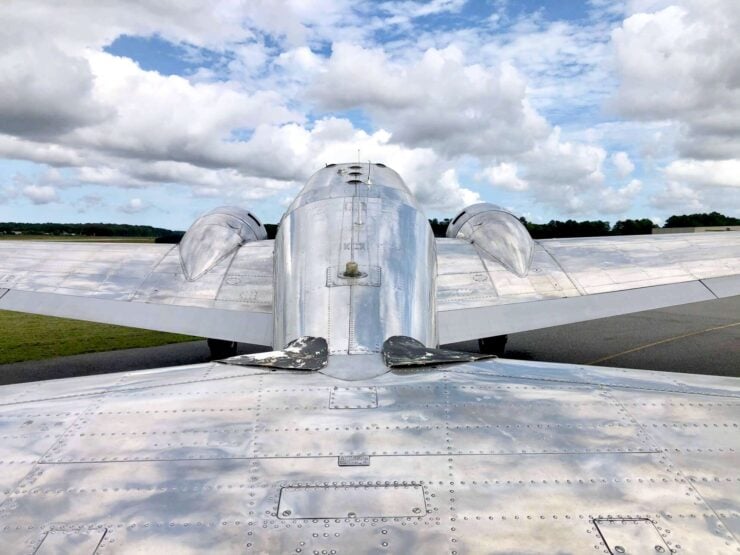
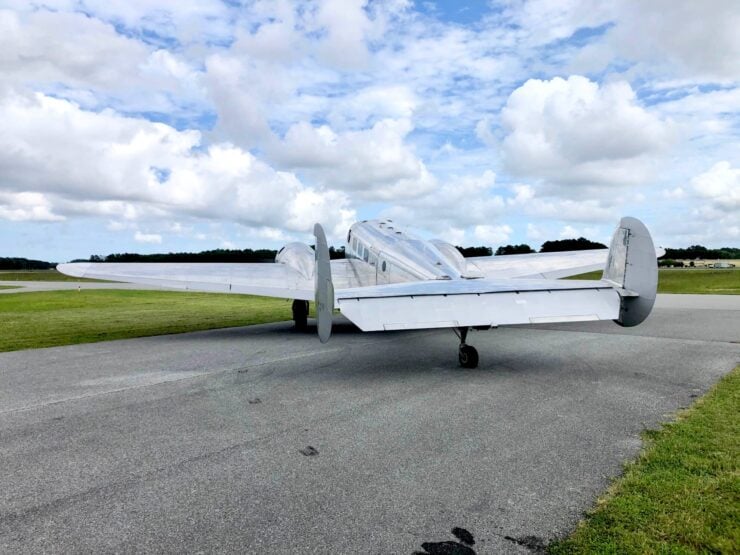
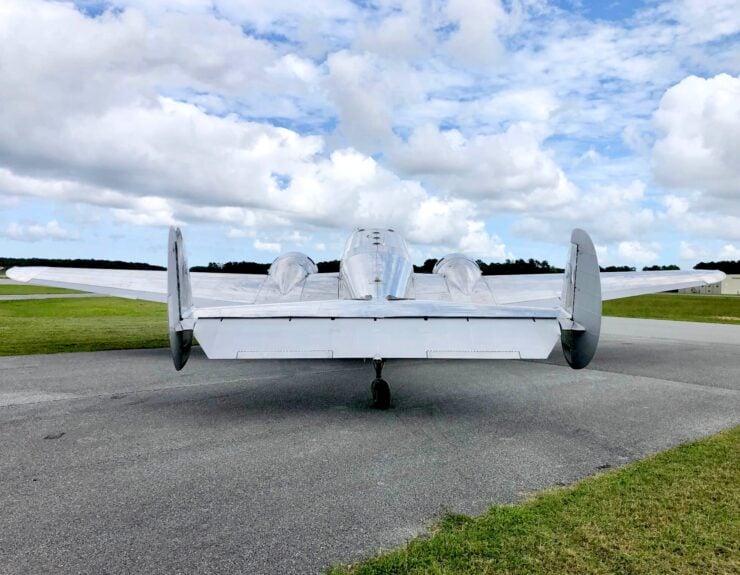
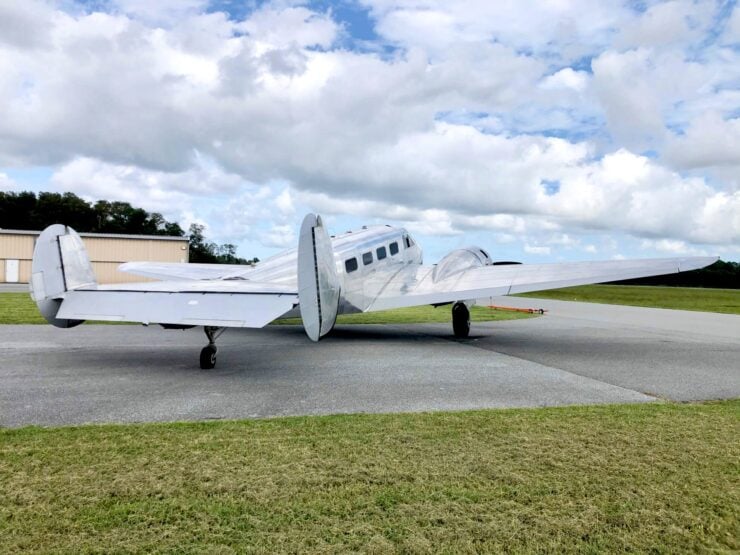
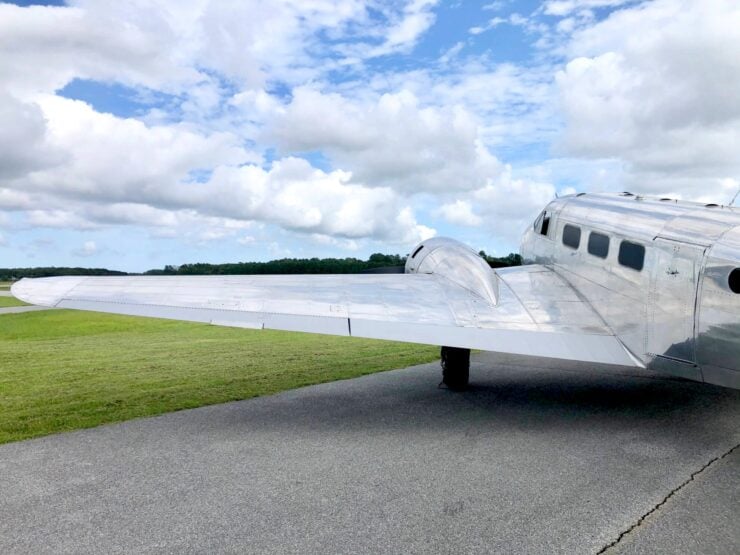
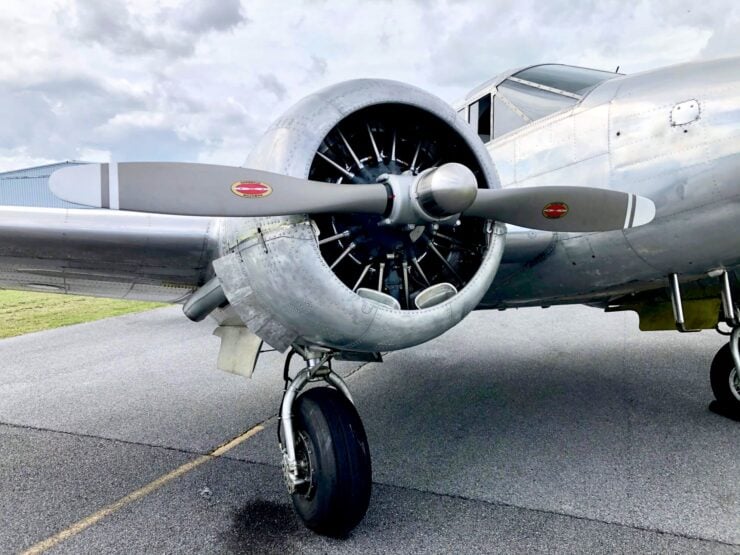
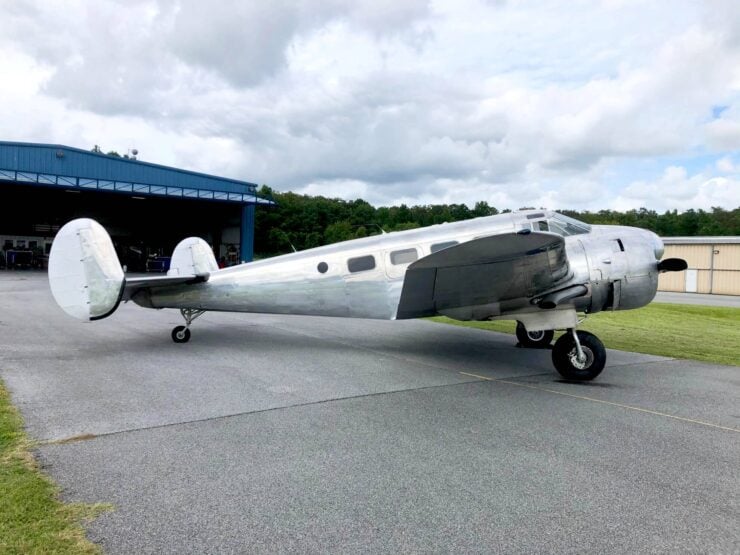
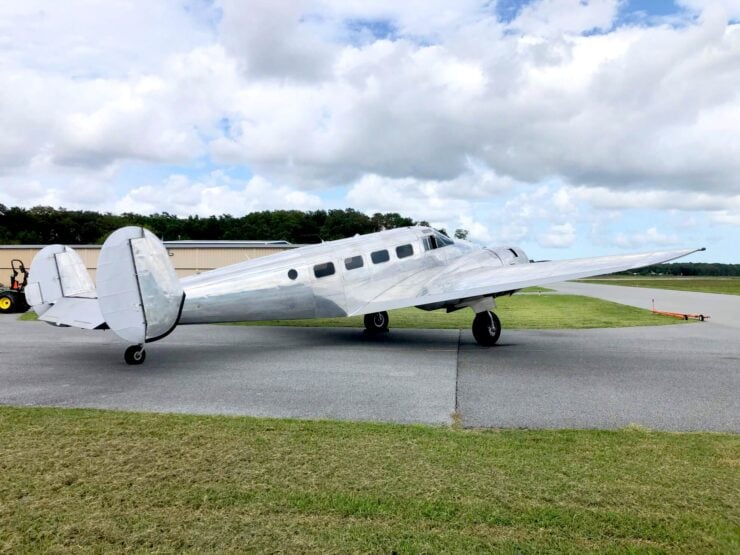
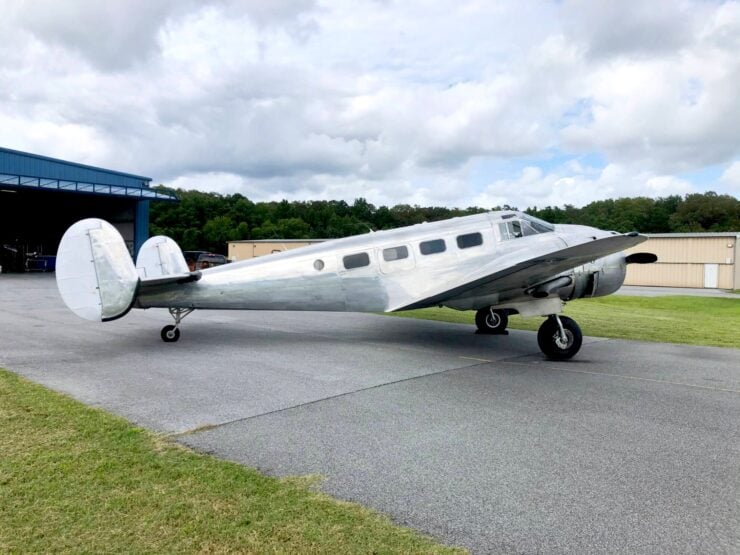
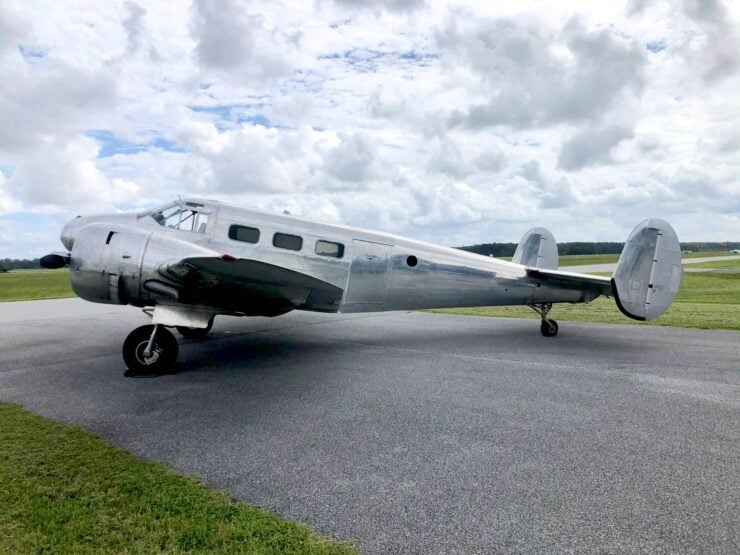
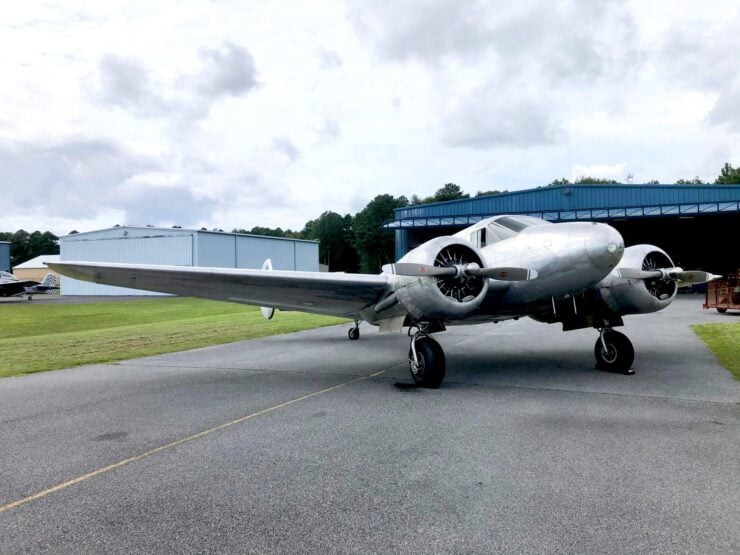
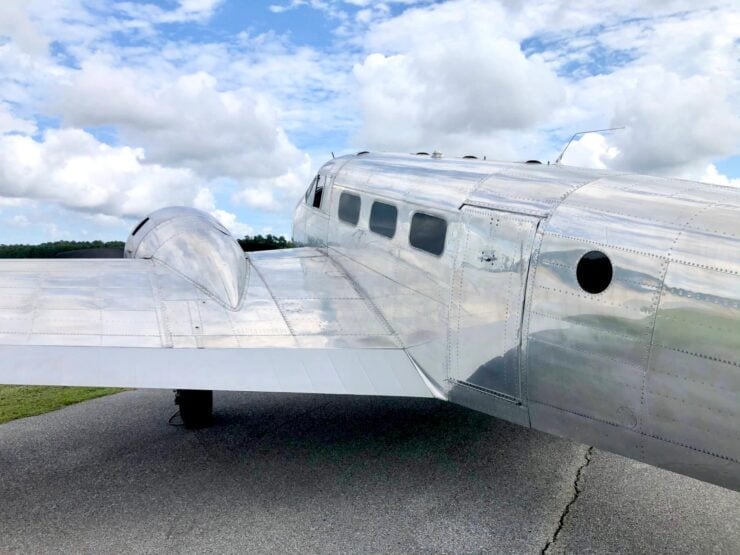
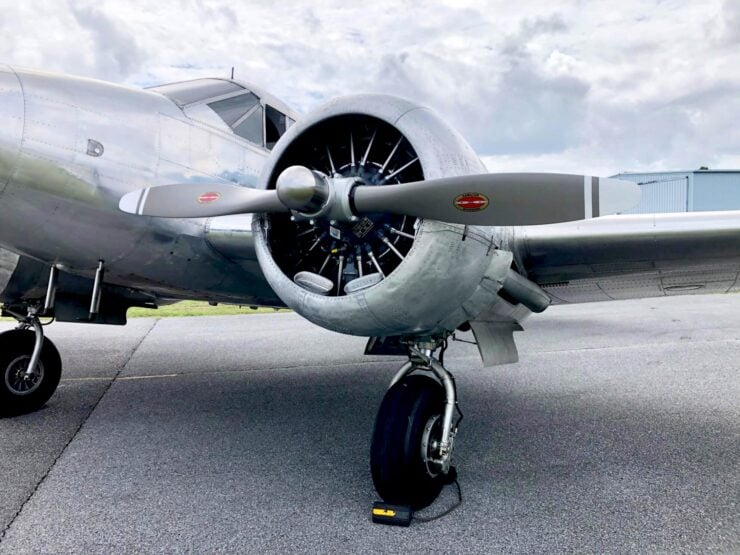
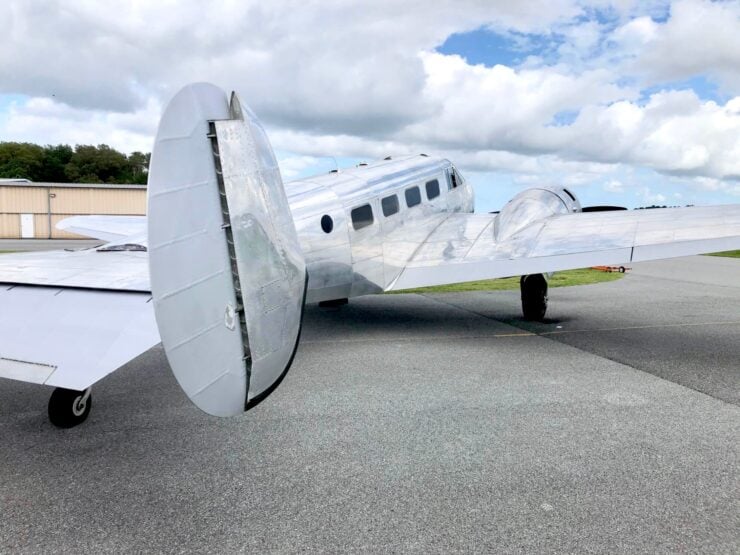
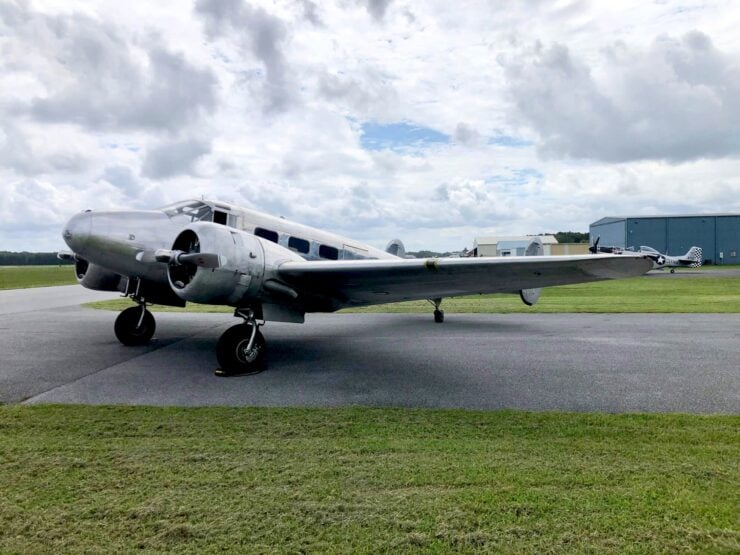
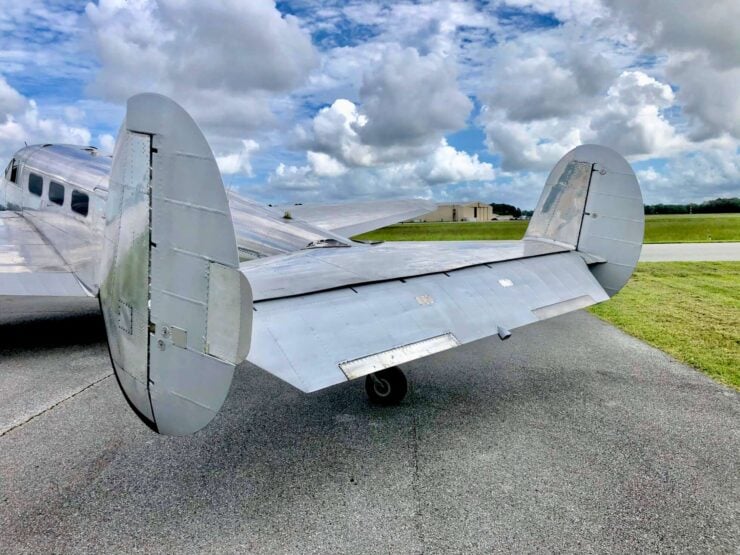
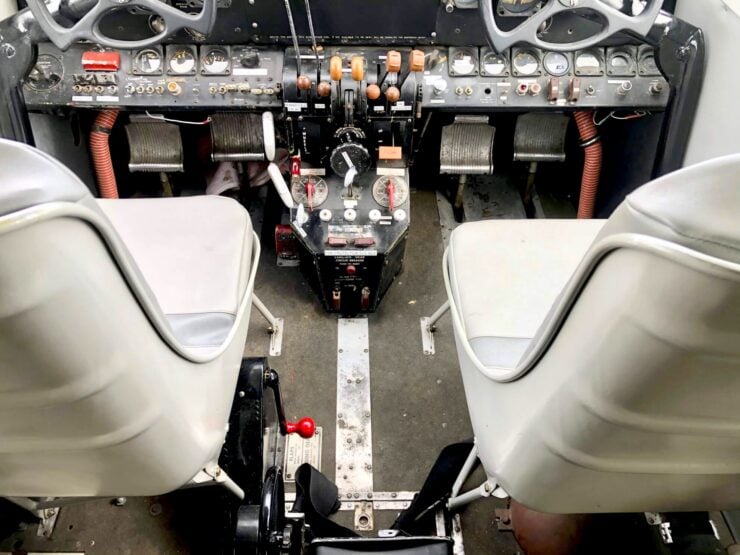
Images courtesy of Platinum Fighter Sales

